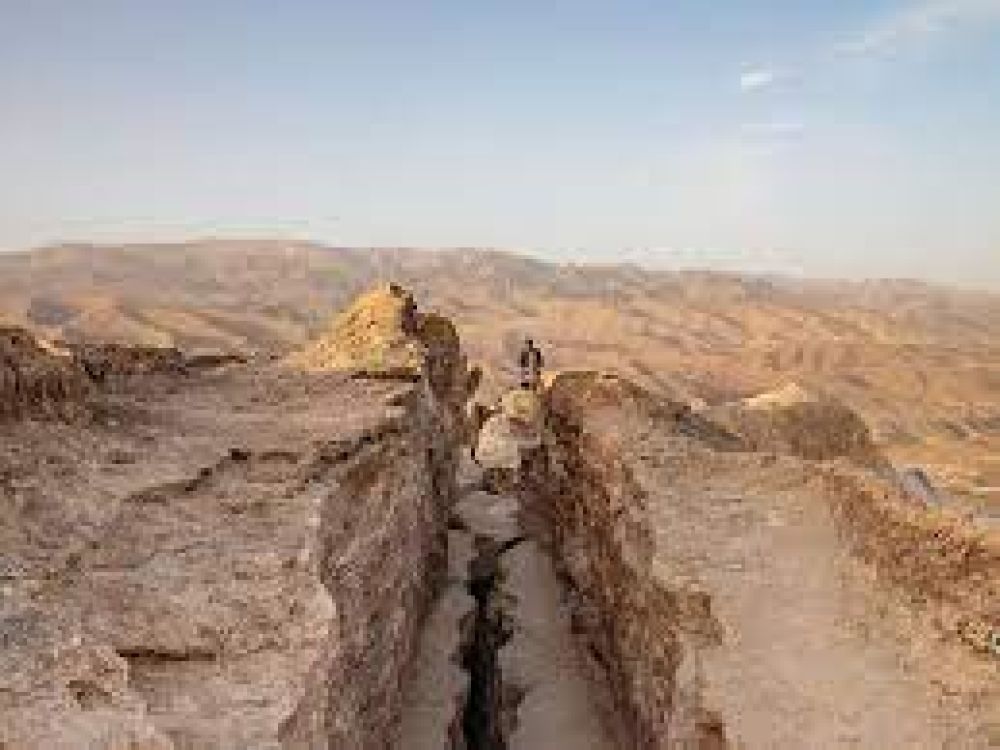

Once a hidden gem tucked away in the Hindu Kush mountains of central Afghanistan, the region of Bamyan has garnered the curiosity of travelers and history enthusiasts alike. The area is rich in cultural heritage, with Dara-e Ajdahar (also known as the Dragon Valley) forming an intriguing part of this historic landscape.
Dara-e Ajdahar, purportedly named after a mythical dragon that was defeated by the Hazara hero Hazrat Ali, has long been a place of folklore and myth. The region gained historical prominence with the establishment of the Bamyan Buddhas, monumental statues carved in the cliffsides, which stood as a testament to the area's significance on the Silk Road and as a melting pot of religious and cultural exchange.
Tourism in Bamyan, and at Dara-e Ajdahar, began to flourish in the latter half of the 20th century. Despite the remote location, travelers were drawn to the area's incredible archaeological significance and natural beauty. However, tourism faced devastating blows during periods of political instability, particularly following the rise of the Taliban, who infamously destroyed the Bamyan Buddhas in 2001, an event that shook the world.
With the fall of the Taliban regime, there was renewed international interest in Bamyan's cultural heritage. Efforts to list the Bamyan Valley as a UNESCO World Heritage site in 2003 and subsequent preservation endeavors have slowly resurrected tourism. Visitors are not only attracted to the area's history but also its rugged landscapes which provide opportunities for trekking and adventure sports.
In recent years, there has been a cautious but notable resurgence in tourism at Bamyan and Dara-e Ajdahar. This is in part due to interest in responsible tourism practices that respect the environment and local cultures. Furthermore, the region has seen a push in community-based tourism, which empowers local communities and preserves the rich historical and cultural narratives of the area. The Afghan government and several NGOs continue to collaborate on projects aimed at developing infrastructure, promoting sustainable practices, and showcasing the natural and historical significance of the region.
As of my knowledge cutoff in 2023, the situation in Afghanistan remains complex and fluid, which impacts the safety and accessibility of tourism significantly. It is essential for potential visitors to seek up-to-date information and adhere strictly to travel advisories from their respective governments.
The beautiful landscapes and the rich tapestry of history at Dara-e Ajdahar await a future where they can again be shared with the world. It represents a poignant chapter in Afghanistan's heritage, promising both lessons from the past and hope for a future where its stories can be told and retold by visitors from across the globe.